If you’re an art lover on a budget, don’t miss the free Ukiyo-e Museum in Fujisawa City. Ukiyo-e 浮世絵, which translates to “pictures of the floating world,” refers to woodblock prints that captured the essence of everyday life in Edo-period Japan, from kabuki actors and folk tales to scenic landscapes and travel spots.
Fujisawa is easily accessible from Tokyo by train, and the museum is just a five-minute walk from JR Tsujido Station. Once there, head to the 7th floor by elevator to begin your visit.
Ukiyo-e Museum in Fujisawa: The 53 Stations of the Tokaido Section
The first room of the museum is dedicated to the 53 stations of the Tokaido, a popular subject among ukiyo-e artists during the Edo period (17th–19th centuries). The Tokaido road was the most important travel and transport route of old Japan, connecting the shogun’s capital, Edo (now Tokyo), with the imperial capital, Kyoto. Interestingly, the 6th station along this historic route was Fujisawa, the very city where the museum is located.
The Tokaido was one of the Five Routes established under Tokugawa Ieyasu to link Edo with the rest of the country. It stretched for nearly 500 kilometers along the eastern coast of Honshu, which is how it got its name, Tokaido, meaning “Eastern Sea Road.” In fact, this same route inspired the name of today’s Tokaido Shinkansen, the bullet train line between Tokyo and Osaka. Along the way, 53 official post stations offered travelers food, lodging, and stables. Most people traveled the road on foot, taking about two weeks to complete the journey.
Hiroshige and the Tokaido
After his first journey along the Tokaido in 1832, the artist Utagawa Hiroshige created his own version of the 53 stations of the Tokaido. Around 10,000 copies of the series were printed, an enormous success that cemented Hiroshige’s reputation as one of the most prominent and influential ukiyo-e artists of the Tokugawa era.
The Fujisawa Post Station Section
Press the “English” button below the screen and take a seat. A short film will guide you through how some historical sites of Fujisawa have changed over time, depicted in ukiyo-e. Most of these locations are still found near the museum, making the experience both informative and engaging.
The Enoshima Island Section
During the Edo period, Enoshima Island was one of Japan’s most popular pilgrimage destinations. Its spiritual significance and natural beauty made it a frequent subject in ukiyo-e prints. This section of the museum showcases a collection of works inspired by the island, offering a glimpse into how it was portrayed through the eyes of Edo-period artists.
The Special Exhibition Section
This section features temporary exhibitions on various themes related to ukiyo-e. During my visit, the focus was on sugoroku 双六 (literally “double six”), a popular board game from the Edo period. These games were printed on large sheets of paper that travelers could roll up and carry with them, making it easy to play on the road.
Many ukiyo-e artists created their own versions of sugoroku, which are now considered both works of art and valuable historical documents, as they often depict everyday life scenes from the era.
The Recreational Section
In this section, visitors can interact with digital touch panels that highlight various ukiyo-e prints from the museum’s collection. You can zoom in to observe details and access additional information (currently available only in Japanese). There are also books and catalogs available for browsing, offering insights into the local history of Fujisawa, the art of ukiyo-e, and Edo-period culture.
A small exhibition area illustrates the traditional process of making ukiyo-e prints, from woodblock carving and coloring to the final printing. If you’re curious to try it yourself, be sure to check the museum’s website for information on upcoming workshops and events.
How to Find the Ukiyo-e Museum in Fujisawa?
The Ukiyo-e Museum is conveniently located in Fujisawa City and can be easily reached by train or bus. From JR Tsujido Station, take the North Exit and walk for about five minutes. If you’re coming by bus, get off at Kandai Koen-mae bus stop — the museum is just one minute on foot from there.
For more details about exhibitions and opening hours, visit the official website.
 Fujisawa Ukiyo-e Museum
Fujisawa Ukiyo-e Museum
MUSEUM- Japan, 〒251-0041 Kanagawa, Fujisawa, Tsujidokandai, 2 Chome−2−2 7階
- ★★★★☆
The Fujisawa area has a lot to offer. If you visit this beautiful museum, you can also add Yugyo-ji Temple or Enoshima Island, with beautiful illuminations during winter, to your itinerary.
Sponsored by Fujisawa City Tourist Association
Original article written in December 2016
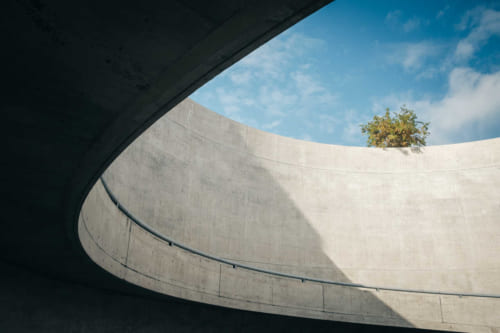
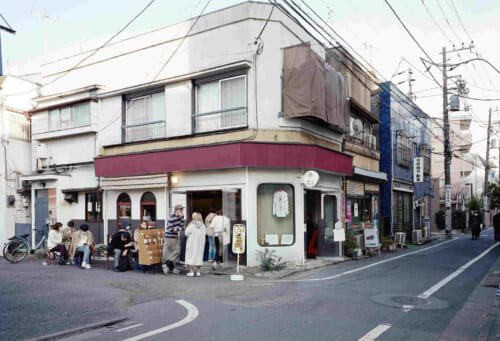
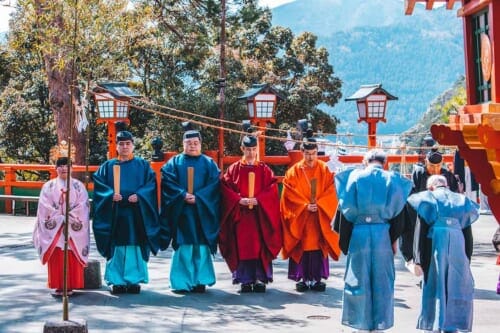
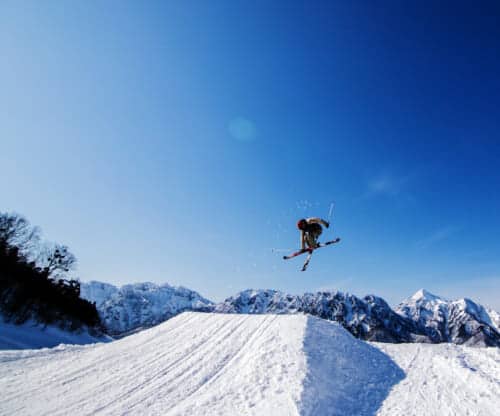
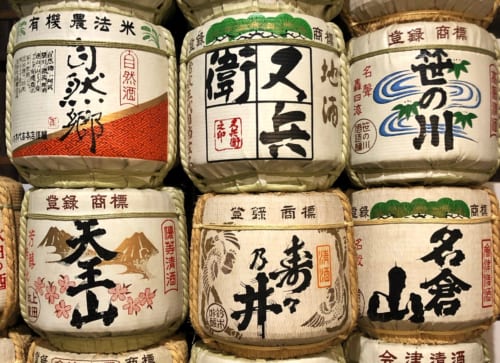
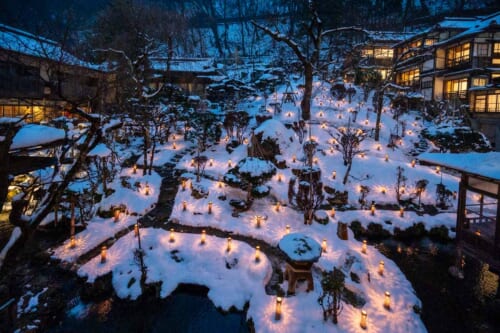
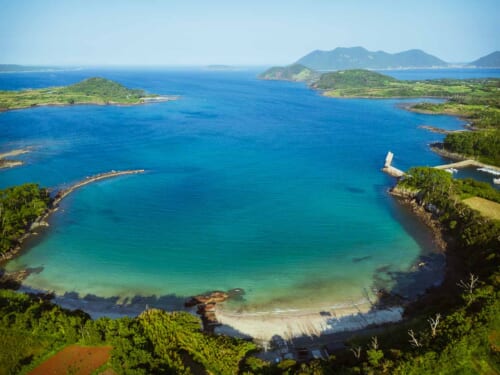
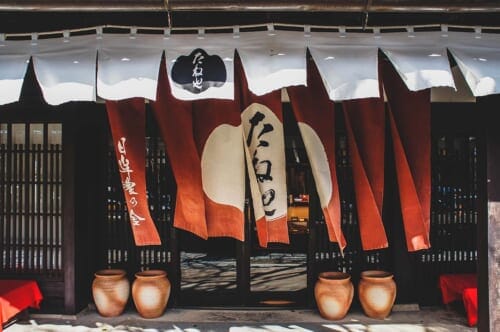


No Comments yet!